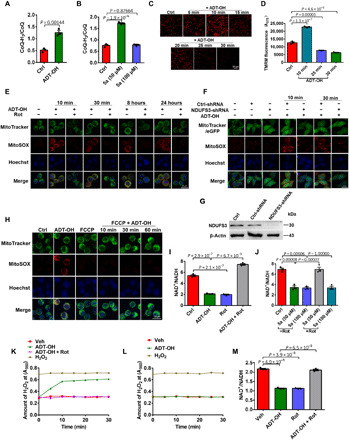Fig. 3. SQR-mediated oxidation of H2S drives complex I RET to repurpose mitochondrial function to ROS production.

(A and B) CoQH2/CoQ ratios in BV2 microglia treated with ADT-OH (50 μM; A) or 5a (B); n = 3. (C and D) Representative images of the change in ΔΨm of BV2 microglia after treatment with ADT-OH (C) and quantification data (D; n = 3). (E) Mitochondrial ROS levels in BV2 microglia simultaneously treated with ADT-OH (50 μM) and/or Rot for the indicated periods of time. (F) Mitochondrial ROS levels in HEK293 cells infected with lentivirus expressing NDUFS3-shRNA or Ctrl-shRNA for 2 days and then treated with ADT-OH for the indicated periods of time. (G) NDUFS3 knockdown efficiency in HEK293 cells. (H) Mitochondrial ROS levels in BV2 microglia pretreated with 20 nM FCCP and then treated with ADT-OH for the indicated periods of time. (I and J) Mitochondrial NAD+/reduced form of NAD+ (NADH) ratios in BV2 microglia treated with ADT-OH (50 μM) or 5a with or without Rot; n = 3. (K and L) H2O2 levels in microglia-derived mitochondria (K) or neuron-derived mitochondria (L) following treatment with ADT-OH with or without Rot. H2O2, positive control. (M) NAD+/NADH ratios in microglia-derived mitochondria treated with ADT-OH and/or Rot.
